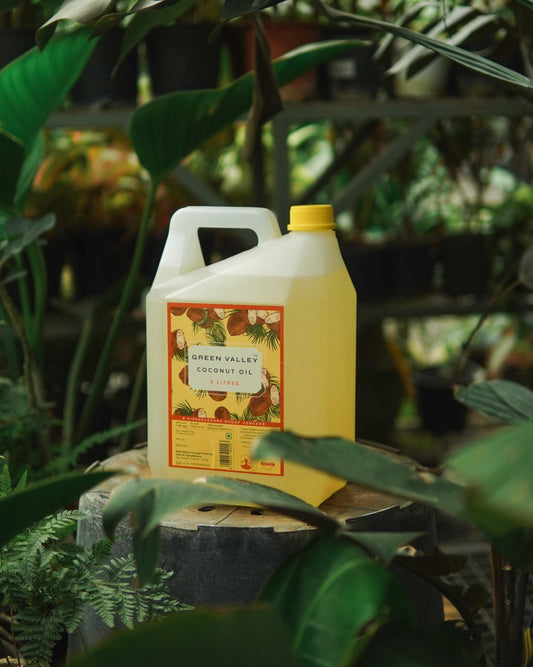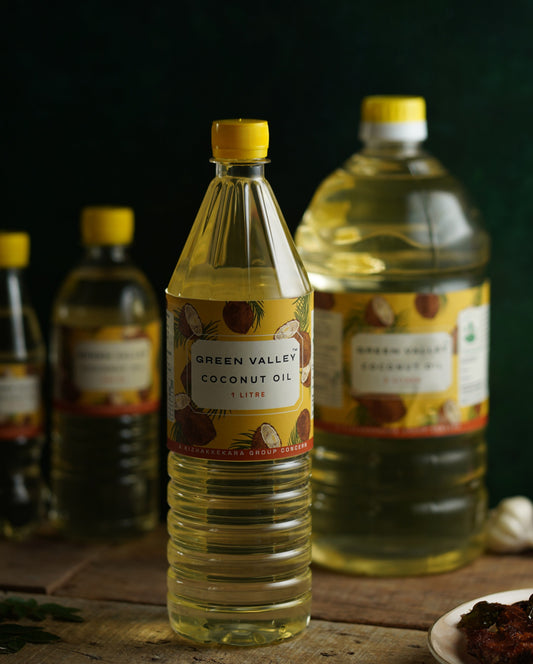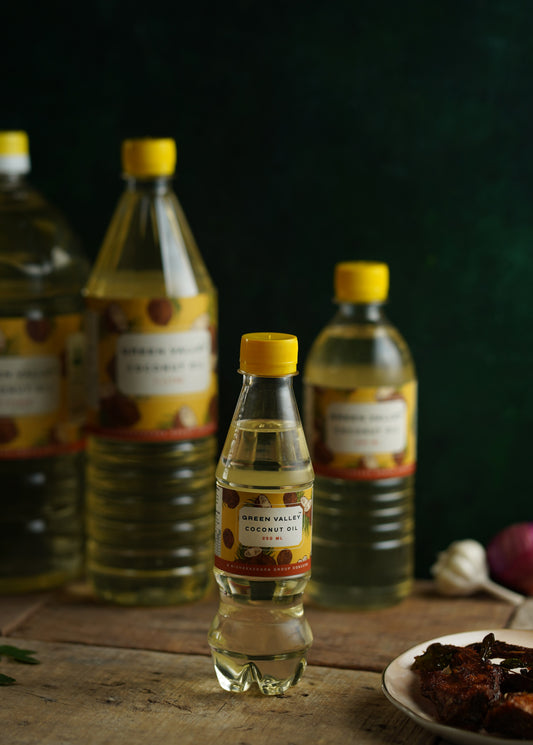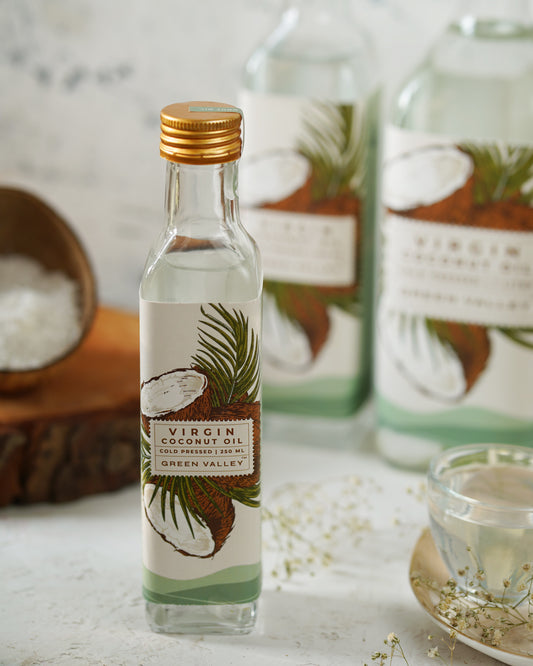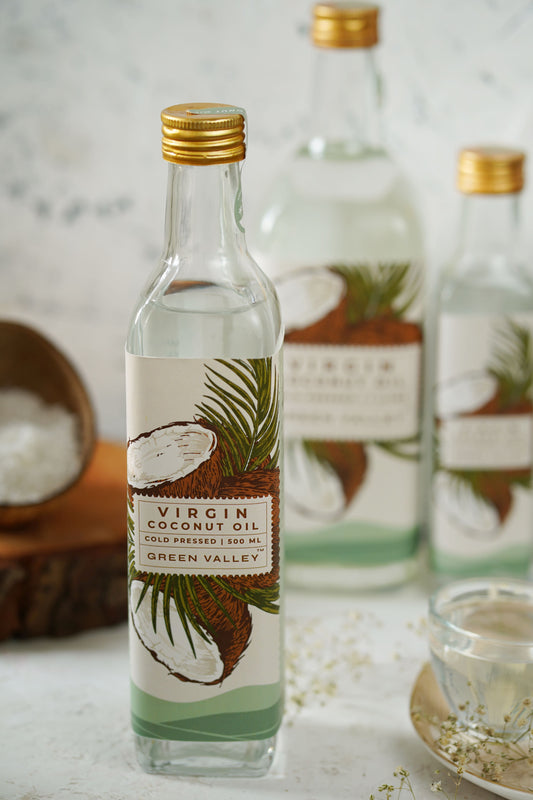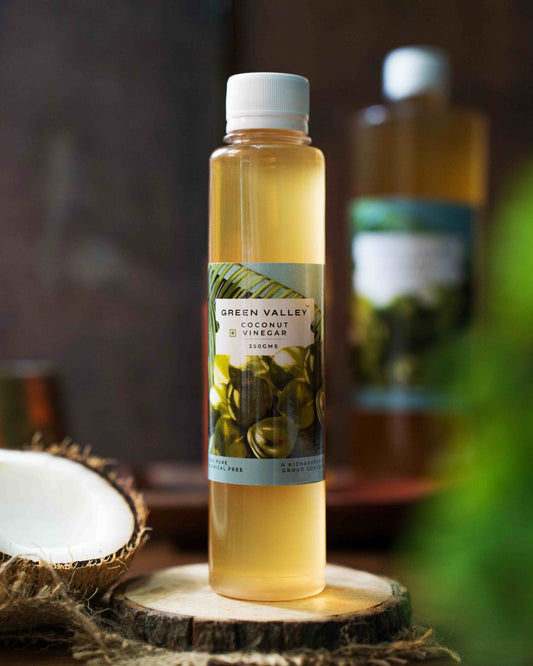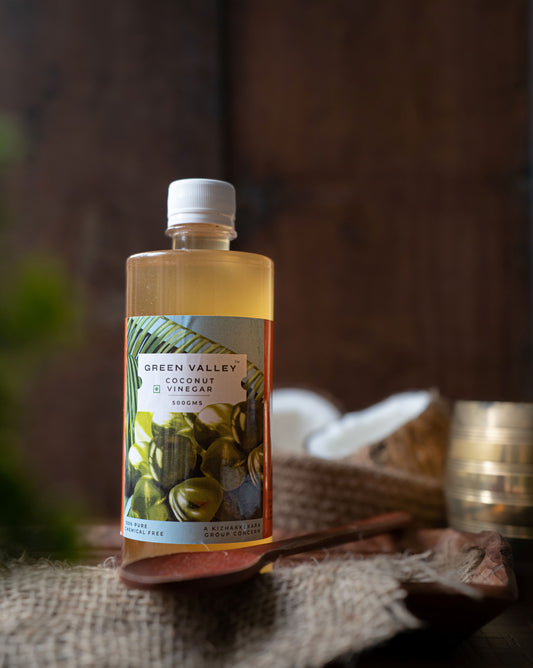We’ve all been there. You walk into a store, grab a bottle of 100% organic virgin coconut oil, flip it over to check the price, and BAM—your eyebrows launch into orbit. ₹500 for a jar of oil? Is it liquid gold? Is it blessed by monks? Is Beyoncé involved?
Let’s take a deep breath, back away from the price tag, and dive into the very coconutty question:
Is coconut oil really that expensive—or are we just not seeing the full picture?
First, What Even Is Virgin Coconut Oil?
Before we scream at the price tag, let’s clarify what you’re paying for.
Virgin coconut oil is made from fresh coconut milk (not dried copra), extracted without the use of heat or chemicals. It’s often:
-
Cold-pressed
-
Unrefined
-
100% natural
-
Preservative-free
-
And still somehow smells like a beach vacation
Now, when you slap on the word organic, it means the coconuts used were grown without synthetic fertilisers or pesticides. Basically, these coconuts had a more wholesome upbringing than most of us.
Why It Costs More Than Regular Oil
Let’s be honest: refined oils are cheaper for a reason. They’re mass-produced, bleached, deodorised, and often processed using heat or solvents. That process is faster, cheaper, and more industrial.
Virgin coconut oil, especially organic, is:
-
Extracted more delicately. Cold-pressed means more time-consuming.
-
Has lower yield per coconut (yup, it takes multiple coconuts to make just a spoonful of oil)
-
It is not mass-produced, especially for local, small-batch brands.
-
Packaged more responsibly in glass jars and sustainable labels.
So yes—it’s a little bougie. But it’s also pure, chemical-free, and actually works on your skin, hair, food, and even baby butts.
Okay, But Why the Huge Price Gaps Between Brands?
Ever wondered why one bottle says ₹299 and another says ₹899 for what looks like the same thing?
Here’s what affects that price swing:
-
Country of origin: Local oils tend to cost less than imported “boutique” brands from Bali or Sri Lanka.
-
Certifications: Organic, sustainability and quality check certifications (like USDA, HACCP) aren’t free—they cost brands money, which reflects in the price.
-
Packaging: Fancy glass bottles with bamboo lids? Costs more than plastic jars.
So... Is It Worth the Cost?
Let’s break it down like your monthly budget:
|
Category |
Cost of Virgin Coconut Oil |
Value You Get |
|
Skin care |
₹500 for a jar |
Lasts 2–3 months; replaces lotion, balm, makeup remover |
|
Hair oiling |
₹500 |
10–12 champis; nourishes scalp and ends |
|
Cooking |
₹500 |
Healthier than many refined oils; great for sautéing, baking, etc. |
|
Baby/kid use |
Priceless (kidding… ₹500) |
Safe and edible; gentle on skin |
So yes—it might seem expensive upfront, but it replaces multiple products and lasts you weeks, if not months.
And if your beauty shelf looks like a war zone of half-used serums, moisturisers, and weird oils you don’t remember buying, consolidating into one multitasker like virgin coconut oil might save you money.
Budget Tip: Don’t Buy the Hype, Buy the Source
If you want to save money but still get the good stuff:
-
Look for locally sourced brands (especially in India—we have amazing ones!)
-
Check for cold-pressed + unrefined on the label, even if it doesn’t say “virgin” in bold.
-
Buy in bulk if you use it for hair, skin, and cooking—it’s more cost-effective long-term.
Final Verdict
So, is 100% organic virgin coconut oil expensive?
Maybe, compared to that plastic bottle of mystery oil from the supermarket.
But is it worth the money?
If you value quality, purity, versatility, and giving your body something that doesn’t come with a 40-ingredient list, then yes. Every rupee is justified.
Think of it like an investment in your skin, your hair, your kitchen, and your peace of mind.
Besides, have you seen your hair post-coconut oil massage? That alone is priceless.


